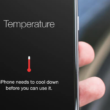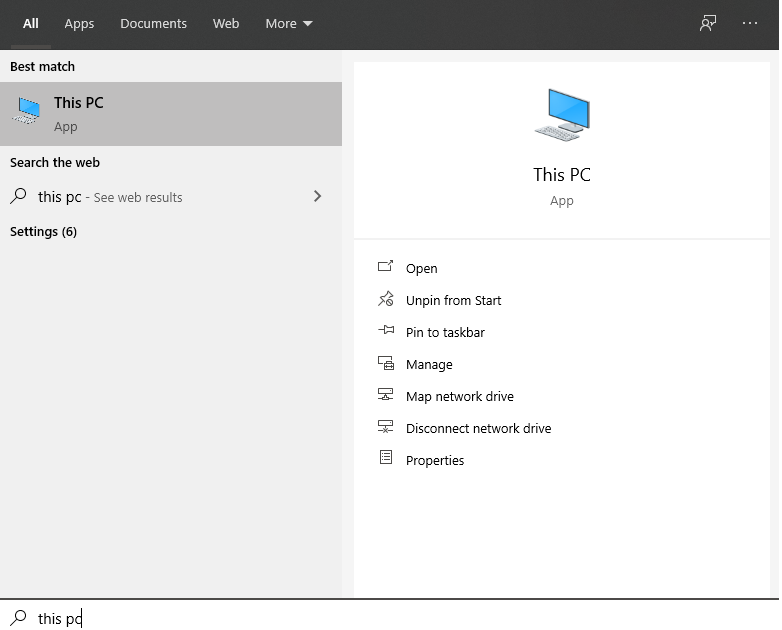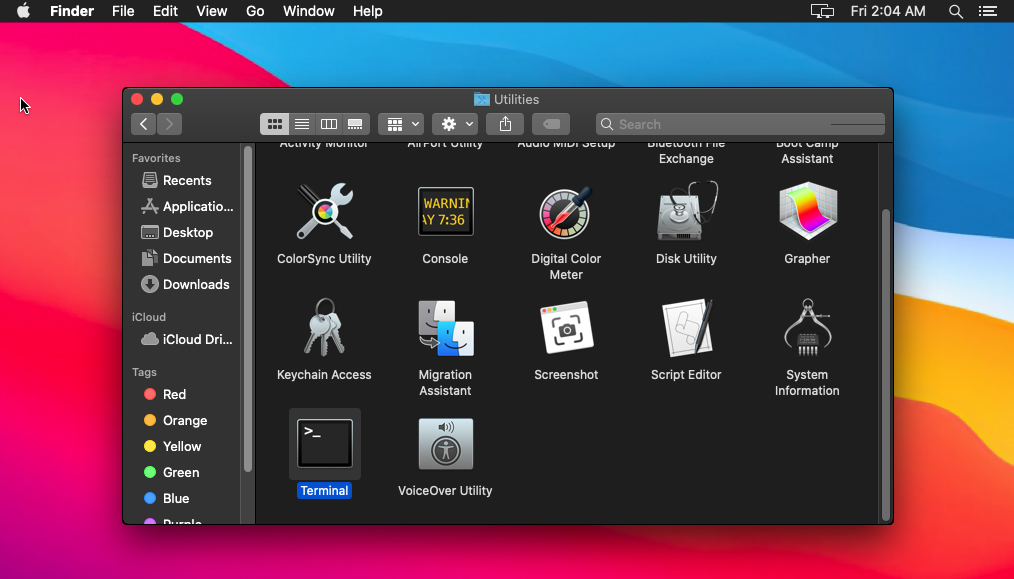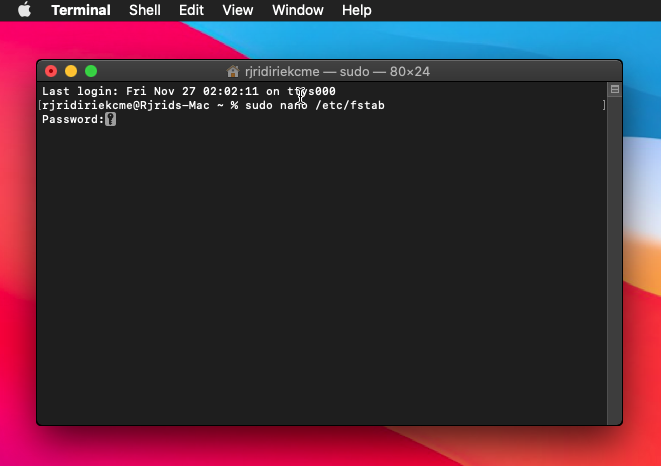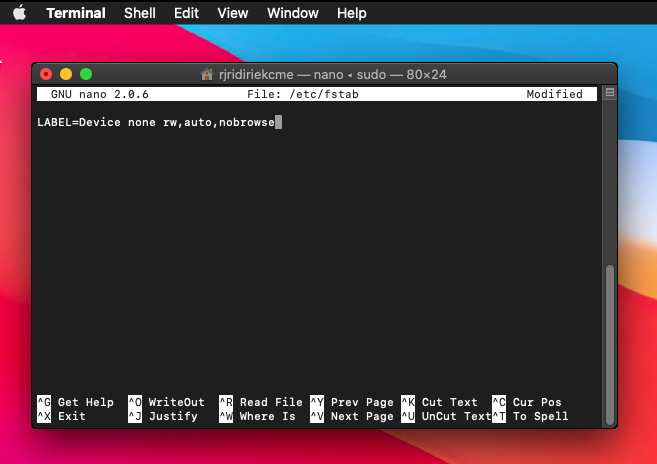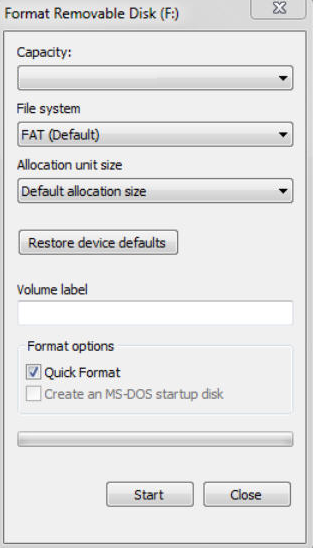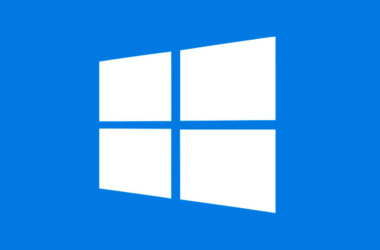Can’t save or edit files on your external drive?
Finally, after nearly 20 years, Apple has decided to retire macOS 10 and released Big Sur which is macOS 11.0.
While the latest version of macOS has a lot to offer like an improved Control Center, updated Menu bar design, and a refreshed Notification Center, its problem with NTFS drives is still present.
NTFS or New Technology File System is the main file system for Windows computers through the years. While Apple supports compatibility between Windows and macOS, being able to write on NTFS drives and storage devices has been disabled for years.
This means that although you can access and read the files on your NTFS device, you are not able to change the content of that device or store additional files.
Luckily, you have come to the right place!
Today, we are going to show you a few workarounds that you can do to be able to read and write on your NTFS drives on macOS.
Let’s get started.
1. Enable NTFS Writing.
The first thing that you can do to be able to change and save data to your NTFS drive is by enabling the feature on your Mac. Since NTFS writing is disabled by default, you can enable it by executing a few commands on the terminal.
Before doing anything on your NTFS device, make sure to backup all the necessary files stored in it. This method is not officially supported by Apple and could come with additional risks like corrupting your storage device or bricking it permanently.
Follow the steps below to guide you through the process:
- First, you would need to plug in your NTFS device to a Windows PC.
- On Windows, go to This PC and right-click on your drive from the side menu.
- Now, select Rename.
- Finally, assign a one-word name for your NTFS drive.
After renaming your NTFS storage device, you are now ready to enable NTFS writing for your Mac.
- On your Mac, plug in your NTFS device using a USB or Thunderbolt cable.
- After that, open Finder and verify that your NTFS device is being detected.
- Now, go to the Applications tab and open the Utilities folder.
- Inside the Utilities folder, double-click on the Terminal to open it.
- Once you are inside the Terminal, type sudo nano /etc/fstab and enter your Admin password.
- Finally, type LABEL = (NTFS Device Name) none rw,auto,nobrowse then hit Enter.
Wait for the process to finish then press on Command + O on your keyboard to save the changes. Close the terminal afterward and reconnect your NTFS device to your Mac.
To check if everything is in order, try saving a couple of files to your NTFS device and observe if you would encounter any errors along the process.
2. Use Third-Party Applications.
If you find the steps above a little complicated or not willing to risk your NTFS storage device, you can always opt for an easier route with third-party applications.
One example of this is iBoySoft NTFS for Mac. With iBoySoft, you get features like reading and writing on your NTFS device, mount and unmount NTFS volumes, and reformat drives with NTFS format.
The best thing about this is that it is available for macOS 10.13 all the way up to macOS 11.0, also known as Big Sur.
Check out the guide below on how to access your NTFS drive using iBoySoft.
- First, download and install iBoySoft NTFS on your Mac.
- After that, restart your computer by clicking the Apple logo at the top-left corner of your screen, then select Restart.
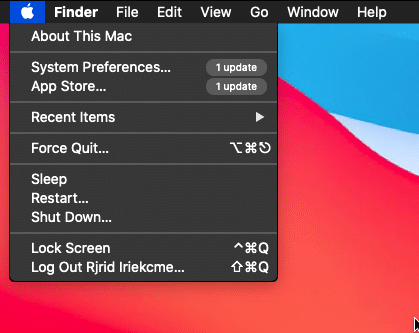
- Once you’ve restarted your Mac, connect your NTFS device using a USB or Thunderbolt cable.
- Finally, open iBoySoft and you can do what you want on your drive as you would normally on an exFAT or FAT32 storage device.
On the other hand, you can also use other apps that offer the same functionality. Simply go to the App Store and search for NTFS. Try each application and see which suits your needs the best.
3. Format Your NTFS Drive.
For your last option, you can also format your NTFS drive to exFAT or FAT32 file system to be able to use it on your Mac.
While this is not a workaround, changing your NTFS drive to a file system that Apple is supporting is less complicated compared to Method 1 and 2.
However, you would need a Windows PC for this solution, so keep that in mind.
- First, plug in your NTFS storage device on your Windows computer.
- After that, press on Windows key + S and search for This PC.
- Now, right-click on your NTFS device from the side menu and select Format.
- Finally, under File System, be sure to select FAT32 or exFAT, then click on the Format button to begin the process.
This should take a couple of seconds, depending on your storage device. Once done, go back to your Mac computer and try using your NTFS storage to see if it will work without any problems.
This wraps up our guide on how to read and write NTFS drives on macOS Big Sur. If you have other questions or concerns, leave a comment below, and we would do our best to help you out.
If this guide helped you, please share it. 🙂



